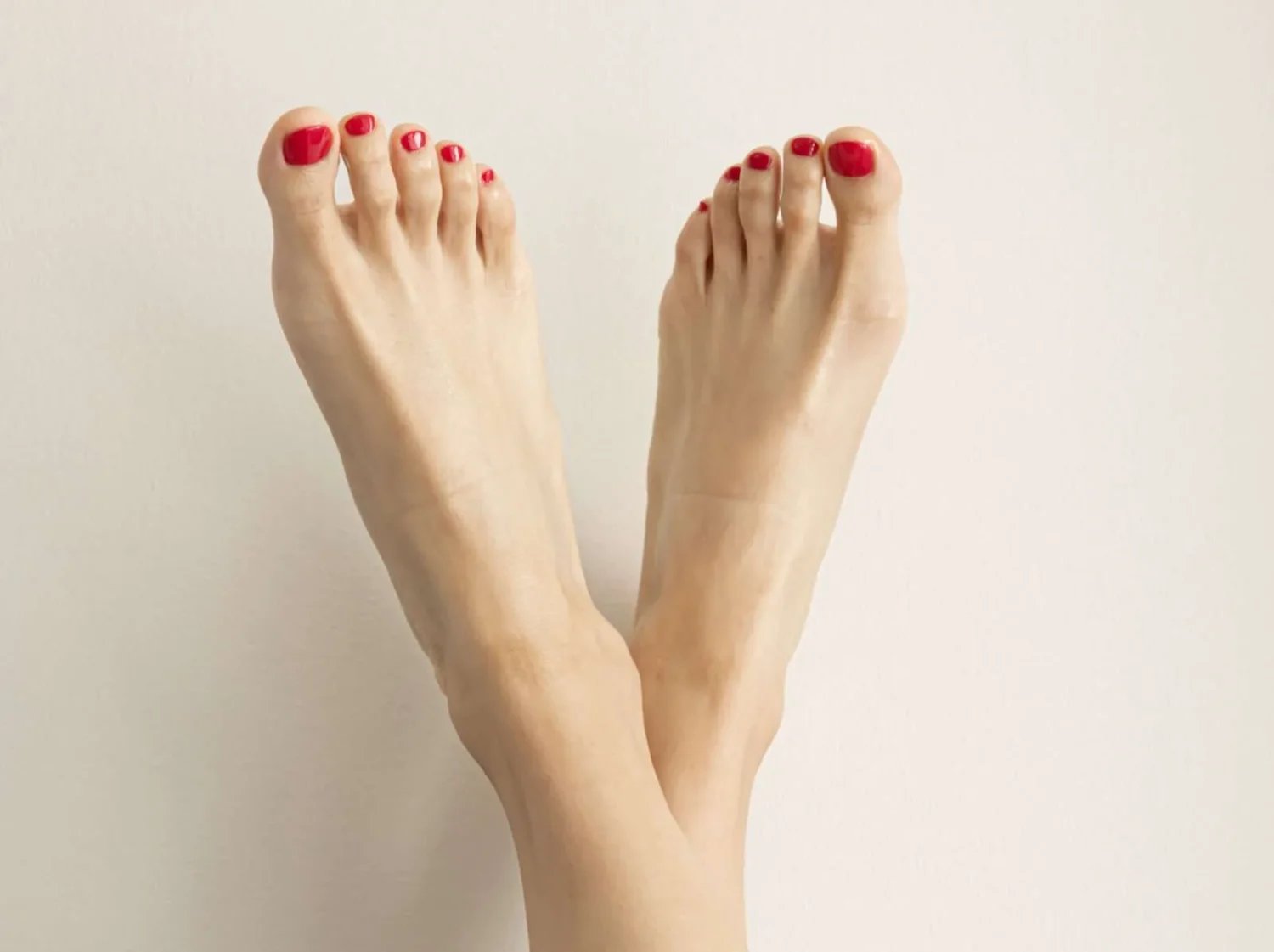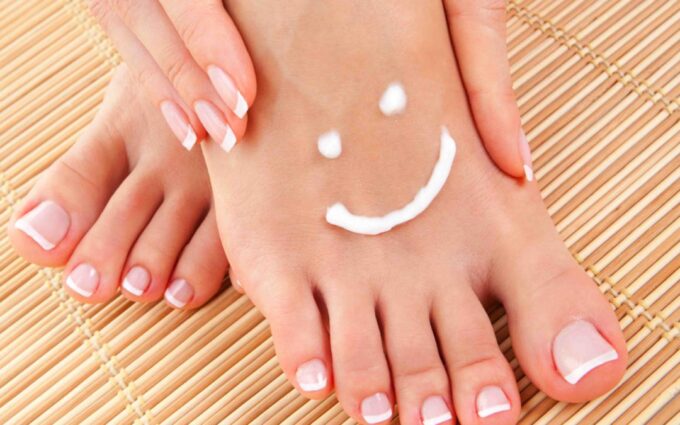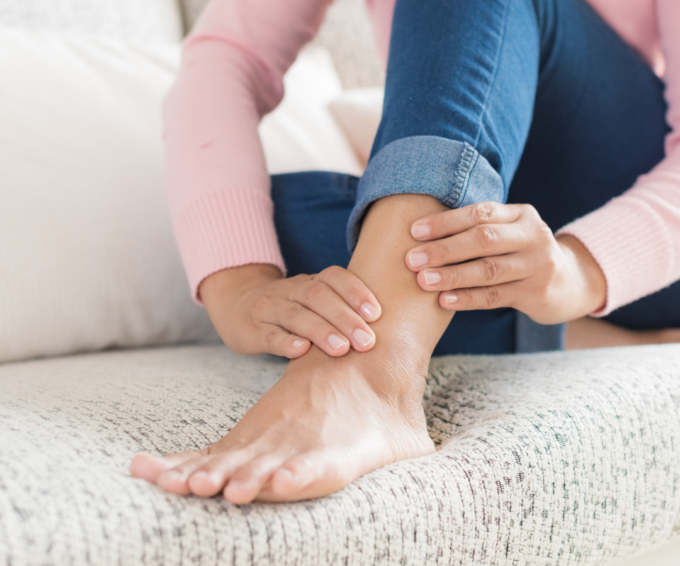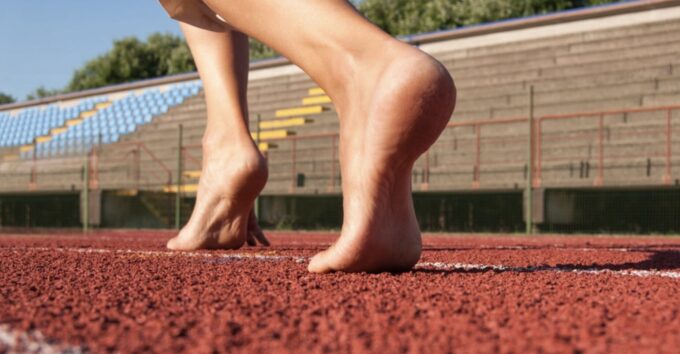Imagine the soothing feeling of warm sand between your toes as you stroll along the beach, taking in the gentle crashing of waves and the salty breeze. Your feet carry you through life, supporting your every step, yet they often go unnoticed until a problem arises.
But what if you could take proactive steps towards wellness, ensuring that your feet remain strong and pain-free? In this discussion, we will explore insights from a podiatrist, shedding light on the importance of health, common problems, and their causes, effective care practices, tips for optimal wellness, and expert advice for preventing injuries.
So, lace up your shoes, and let’s embark on a journey towards healthier, happier feet.
The Importance of Foot Health

Source: thefoothub.com.au
Taking care of your feet is crucial for maintaining overall health and well-being. Your feet play a vital role in supporting your body weight and helping you move throughout the day. Neglecting foot health can lead to various problems, such as pain, deformities, and mobility issues.
To keep your feet in optimal condition, it’s important to incorporate exercises into your daily routine. Exercises help to strengthen the muscles, ligaments, and tendons in your feet, which can improve balance, stability, and flexibility. Simple exercises like toe curls, ankle circles, and toe stretches can be done anywhere, anytime. These exercises not only promote foot health but also enhance overall lower body strength and performance.
Another beneficial practice for health is regular massages. Massaging your feet not only feels great but also helps to increase blood circulation, relax tense muscles, and reduce inflammation. It can provide relief from pain, and plantar fasciitis, and even improve sleep quality. You can use your hands or a massage tool to apply gentle pressure and knead the muscles on the soles, arches, and heels of your feet.
Common Foot Problems and Their Causes
Common problems can arise from a variety of factors, such as genetics, improper footwear, and repetitive stress on the feet. Deformities are one common issue that can cause discomfort and pain. Conditions such as bunions, hammertoes, and flat feet can be genetic or develop over time due to pressure and stress on the feet. These deformities can cause misalignment of the bones and joints, leading to pain and difficulty walking.
Another common problem is fungal infections. Fungi thrive in warm and moist environments, making the feet an ideal breeding ground. Athlete’s foot, toenail fungus, and ringworm are common fungal infections that can affect the feet. These infections can cause itching, redness, and discomfort, and if left untreated, they can spread and cause further complications.
It is essential to address these problems promptly to prevent them from worsening and interfering with your daily activities. Wearing properly fitting footwear and practicing good hygiene can help prevent deformities and fungal infections. Regular visits to a podiatrist can also be beneficial in diagnosing and treating these issues effectively.
Effective Foot Care Practices

Source: lmc.ca
To effectively care for your feet and maintain their health, it’s important to implement a consistent and thorough care routine. Two essential aspects of this routine are proper nail care and moisturizing techniques.
Proper nail care involves keeping your nails trimmed to a moderate length, straight across, and avoiding cutting them too short or rounding the edges. It’s crucial to use clean and sanitized nail clippers or scissors to prevent infections. Regularly inspect your nails for any signs of discoloration, thickening, or changes in shape, as these may indicate underlying issues that require medical attention.
Moisturizing your feet is essential to prevent dryness, cracking, and discomfort. After washing your feet, pat them dry gently and apply a moisturizing cream or lotion. Focus on the heels, soles, and any areas prone to dryness. Avoid applying moisturizer between the toes to prevent excessive moisture buildup and the risk of fungal infections.
Additionally, wearing breathable socks and shoes, practicing good hygiene, and avoiding prolonged periods of standing or walking can aid in maintaining health. Remember, taking care of your feet is an investment in your overall well-being.
Footwear Tips for Optimal Foot Wellness
To continue prioritizing the health and well-being of your feet, it’s crucial to pay attention to the type of footwear you choose to wear on a daily basis. Choosing appropriate shoes is essential for optimal wellness. One key factor to consider when selecting shoes is the importance of arch support.
Arch support plays a crucial role in maintaining proper alignment and preventing various conditions such as plantar fasciitis and flat feet. When your feet are properly supported, it helps distribute your body weight evenly, reducing pressure on certain areas of your feet. Look for shoes that have built-in arch support or consider using orthotic inserts to provide additional support if needed.
Additionally, it’s essential to choose shoes that fits properly. Ill-fitting shoes can lead to discomfort, blisters, and even more severe problems. Ensure that there’s enough space for your toes to wiggle freely and that the shoe provides adequate support and cushioning for your entire foot.
When it comes to choosing the right shoes, opt for shoes made from breathable materials to prevent excessive sweating and reduce the risk of fungal infections. Also, consider the type of activity you’ll be engaging in and select appropriate shoes that provide the necessary support and protection.
Expert Advice for Preventing Foot Injuries

Source: podiatrysportsmed.com
One crucial aspect of maintaining foot wellness is following expert advice to prevent injuries.
One common injury that can be prevented is plantar fasciitis. To avoid this painful condition, it’s important to wear supportive shoes, especially during physical activities. Additionally, stretching your calf muscles and the bottom of your feet regularly can help prevent plantar fasciitis.
Simple exercises like toe curls, where you pick up small objects with your toes and hold for a few seconds before releasing, can also strengthen the muscles in your feet and help prevent injuries. Another effective exercise is heel raises, where you stand on the edge of a step and raise your heels up and down. This exercise targets the calf muscles and can help prevent strains and injuries.
Lastly, it’s important to gradually increase the intensity and duration of physical activities to avoid overuse injuries. By following these expert tips and incorporating exercises for strengthening your feet, you can significantly reduce the risk of injuries and maintain overall wellness.
Frequently Asked Questions
Are There Any Exercises or Stretches That Can Help Improve Foot Strength and Flexibility?

Source: physiodna.com
To improve strength and flexibility, some exercises and stretches can help. Start with simple toe curls and heel raises. Incorporate calf stretches and ankle rotations for added benefits.
Can Wearing High Heels or Tight Shoes Lead to Long-Term Foot Problems?
Wearing high heels or tight shoes can lead to long-term problems. They can impact your posture and cause back pain. It’s important to wear proper footwear to maintain foot health.
Is It Normal to Have Foot Pain After Standing or Walking for Long Periods of Time?
Is it normal for your feet to ache after standing or walking for long periods? Yes, it can happen due to various reasons like muscle fatigue or improper footwear. To prevent pain, try stretching, wearing comfortable shoes, and taking regular breaks.
Are There Any Natural Remedies or Home Treatments for Common Foot Problems Like Athlete’s Foot or Plantar Fasciitis?
Several natural remedies can be effective in treating common problems like athlete’s foot or plantar fasciitis. Home treatments such as tea tree oil or stretching exercises can provide relief and promote wellness.
How Often Should I Replace My Running Shoes to Prevent Foot Injuries?
To prevent injuries, it’s important to replace your running shoes regularly. Signs of worn-out shoes include decreased cushioning and support, visible wear and tear, and an increase in discomfort or pain while running.
If you’re seeking personalized advice or have specific concerns, consulting with a San Antonio podiatrist can provide tailored recommendations to address your unique needs.







